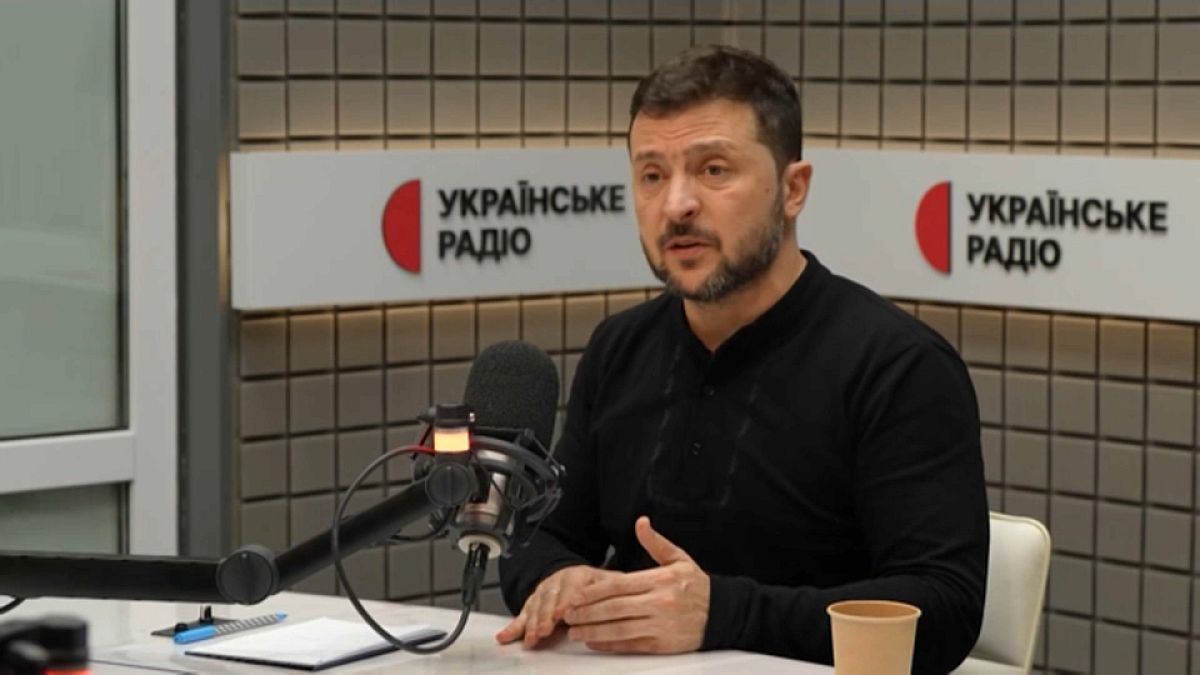Draghi’s competitiveness report: Can Europe heed the call to action?

Mario Draghi’s competitiveness report urges the EU to invest €750-800bn annually to close the economic gap with the US and China. While experts praise its push for joint action and reforms, concerns remain over funding, political consensus and its future impact.
On 9 September, former Italian Prime Minister Mario Draghi released a landmark 400-page report that delivers a stark assessment of the EU’s economic health, calling for immediate reforms to bridge the widening disparity with global economic giants.
This time, the challenge isn’t the usual spread between eurozone government bond yields, but a broader economic gap between the European Union and the United States that has steadily widened over the past 20 years.
The report’s call for joint action and substantial investments. According to Draghi, Europe must urgently mobilise an estimated €750-800bn annually to close the gap.
While Draghi’s report could represent another “Whatever It Takes” moment for Europe, it also faces considerable challenges, particularly in securing funding and political consensus.
Some experts see it as a crucial catalyst for change, while others warn that its focus on past challenges and lack of contingency planning may limit its impact.
The political roadblocks
Athanasios Vamvakidis, of Bank of America, sees the report as a small but vital step toward what could be a long and challenging reform process.
“We share the concern that EU leaders are currently far from any consensus on such reforms,” he notes.
Despite this, he suggests that the report’s recommendations could serve as a “positive EUR risk”, with the potential to stir market interest. However, he expects substantial action to be postponed until at least next year.
The EU’s funding dilemma
According to Filippo Taddei, an economist at Goldman Sachs, the EU has been lagging behind the United States since 2010, cautioning that the “long-run affordability of European countries’ standards of living is now in question”.
However, Taddei is skeptical about the feasibility of Draghi’s proposals, pointing out that funding remains the most challenging issue.
The economist argues that, unless pro-European integration gains strong parliamentary support in both Germany and France, it is unlikely that the EU will be able to secure the necessary funds.
“European policymakers are still divided regarding the relative share that should be undertaken at the national and the EU levels,” he says.
This delay could postpone the adoption of more costly investment measures. As a result, Goldman Sachs EU debt issuance forecast for 2025 unchanged, though he suggests that some less costly regulatory and industrial reforms could begin next year.
A wake-up call for reforms
Jeromin Zettelmeyer, director of Bruegel, praises the report as a “powerful jolt to the EU policy debate”, calling its proposals for bolstering innovation, reducing capital market fragmentation and issuing common debt to fund critical goods, both convincing and necessary.
He finds the report’s suggestions to focus the EU budget on public goods and reform governance particularly compelling. However, he also flags that “other recommendations raise concerns about unintended consequences”, such as “increases in subsidies both for clean tech and energy-intensive industry.”
Bruegel has highlighted that Europe’s major challenges – boosting growth, decarbonising the economy, and enhancing security – are complex and interlinked, with no straightforward solutions.
A step in the right direction
French economist Thomas Piketty, renowned for his work on income and wealth inequality, describes the report as “a step in the right direction,” as he wrote in an op-ed column for Le Monde.
“This report has the immense merit of challenging the dogma of fiscal austerity,” he added.
He applauds Draghi’s call for rethinking the EU’s financial priorities, particularly when some voices within Europe advocate for prolonged fiscal tightening.
Piketty downplayed concerns over the government debt levels of some member states, noting that while these debts are high, they are not unprecedented. He argued that governments should boost spending, taking advantage of the current very low real interest rates.
Lacks of forward planning
Andrea Renda, director of research at the Centre for European Policy Studies (CEPS), offers a more critical perspective on the Draghi’s report, describing it as adhering to a “traditional economic view of GDP growth as the cornerstone of socio-economic performance”.
According to Renda, the report addresses the challenges of the past two decades rather than anticipating future crises.
He criticises it for failing to outline alternative plans in case things do not go as hoped.
“Yet in the age of the poly-(or even perma-) crisis, not even considering alternatives in case things don’t turn out as we hope they would is a major red flag,” he argues.
Final thoughts
Draghi’s report aims to serve as (yet another) ‘Whatever It Takes” moment for Europe, highlighting the need for joint action and substantial investment.
While it has sparked a necessary debate and outlined key areas for reform, its implementation faces formidable hurdles, from securing funding to overcoming political divisions.
Whether the EU will act on this blueprint remains to be seen, but the stakes for Europe’s economic future have rarely been higher.
World News || Latest News || U.S. News
Source link



